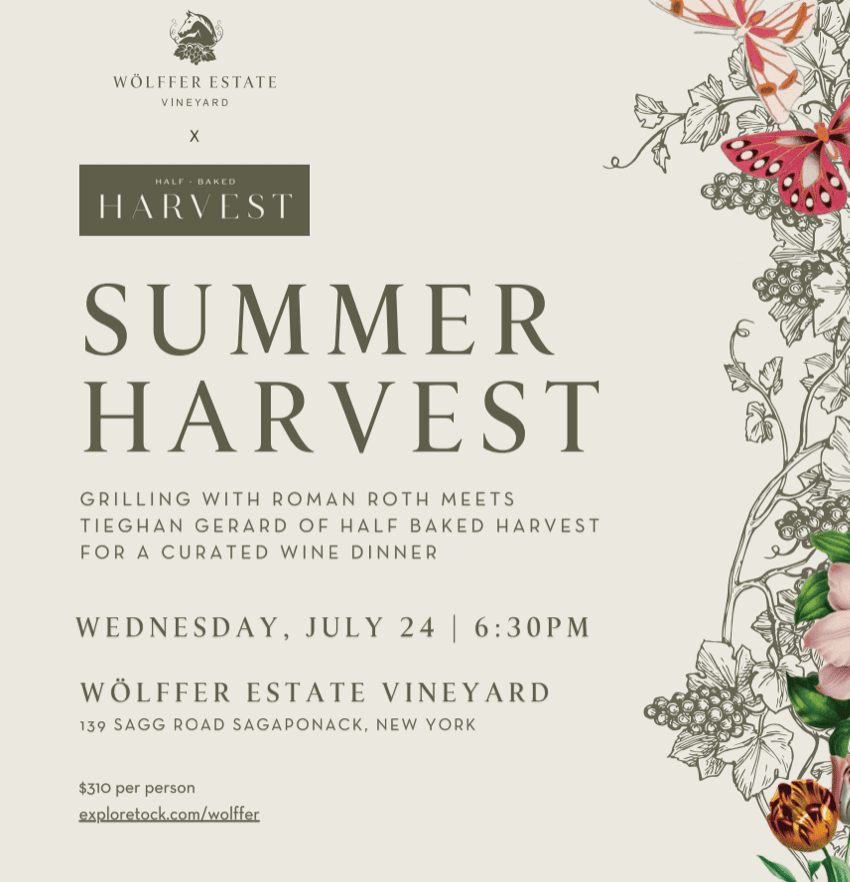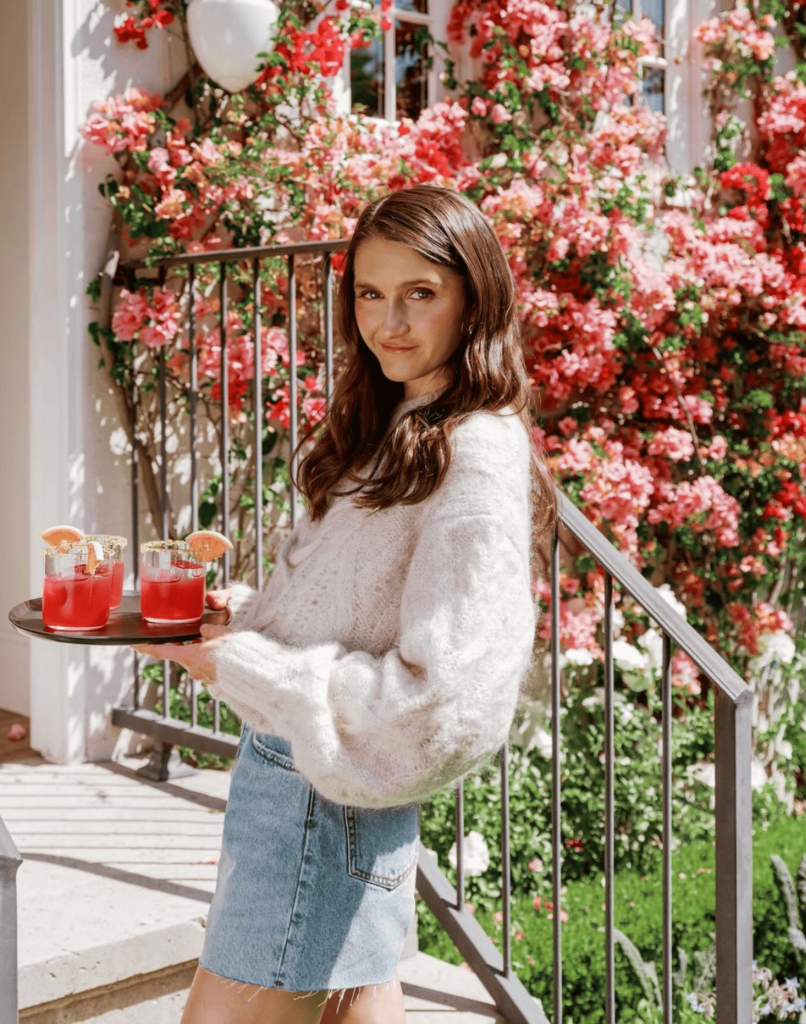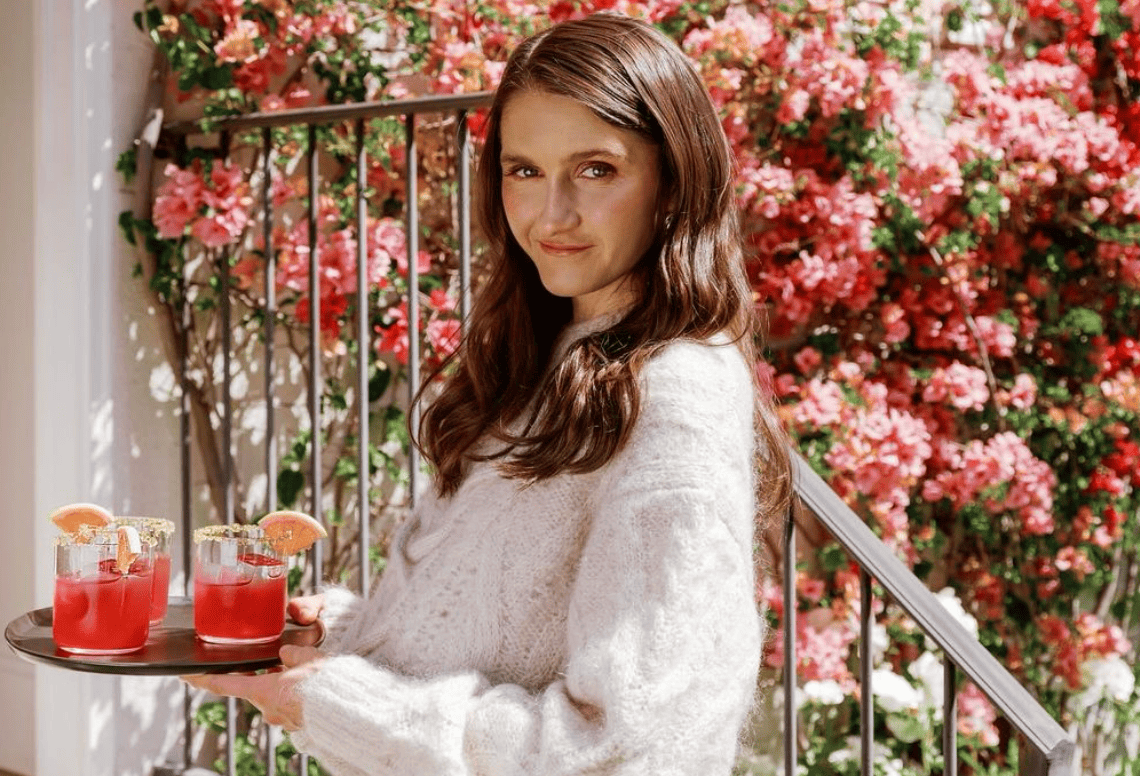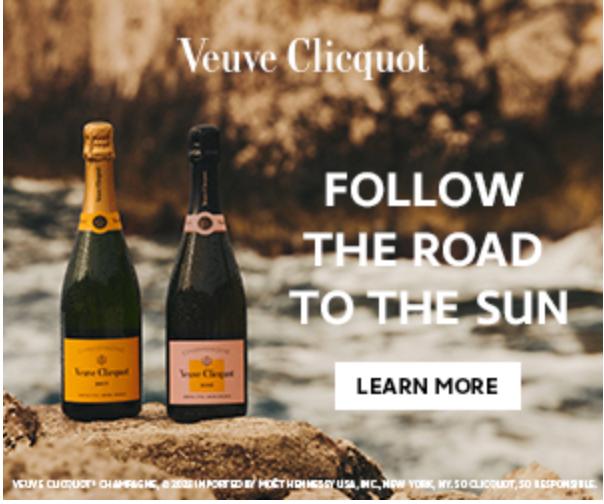Hamptons: Wölffer Estate Vineyard and Culinary Sensation Tieghan Gerard of Half Baked Harvest Announce Summer Harvest July 24
Wölffer Estate Vineyard and Culinary Sensation Tieghan Gerard of Half Baked Harvest Announce Summer Harvest July 24
Prepare for an enchanting evening of culinary artistry and exceptional wines at the summer’s most anticipated Hamptons event, Summer Harvest: Grilling with Roman Meets Half Baked Harvest.

On Wednesday, July 24th at 6:30 pm, the picturesque Wölffer Estate Vineyard and NY Times #1 Bestselling cookbook author and Instagram sensation, Tieghan Gerard of Half Baked Harvest, are presenting a bountiful summer harvest experience. Wölffer’s esteemed winemaker and partner, Roman Roth collaborated with Tieghan to create an unexpected pairing menu and special installment of his highly sought after series “Grilling With Roman.”

Featuring the newly released Summer in a Bottle Sauvignon Blanc, among other exquisite selections, this sophisticated yet whimsical event promises an unforgettable farm-to-table menu. In celebration of the 10th anniversary of the iconic Summer in a Bottle series, the menu showcases the freshest local produce, expertly prepared and perfectly paired.
“I am absolutely thrilled to collaborate with Wölffer Estate Vineyard for this beautiful and inspiring event.”
Teighan Gerard
Founder of Half Baked Harvest
“I’m a huge fan of Wölffer Wines and I can’t wait to visit the Hamptons for the first time,” said Teighan Gerard, Founder of Half Baked Harvest.
“It’s going to be a magical evening of great food, fantastic wine, and wonderful company, and I can’t wait to share it with everyone!”
Do not miss this unique opportunity to indulge in an evening of great food, fine wine, and stunning surroundings.
Tickets are currently available HERE, while supplies last for $310 and include entrance, full menu and wine pairings.
This event is rain or shine.
Wölffer Estate Vineyard is located at 139 Sagg Road, Sagaponack, NY 11937.



